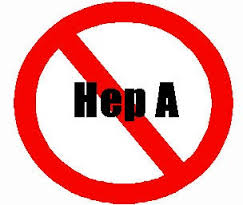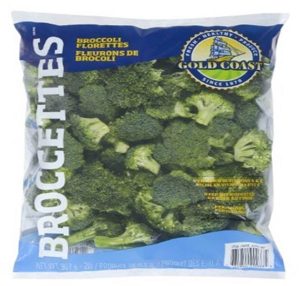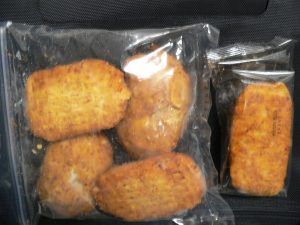Antimicrobial resistance (AMR) in zoonotic (e.g. Salmonella spp.), pathogenic, and opportunistic (e.g. E. coli) bacteria in animals represents a potential reservoir of antimicrobial resistant bacteria and resistance genes to bacteria infecting humans and other animals. This study evaluated the prevalence of E. coli and Salmonella enterica, and the presence of associated AMR in commercial meat, companion, research, and shelter rabbits in Canada. Associations between antimicrobial usage and prevalence of AMR in bacterial isolates were also examined in commercial meat rabbits.
 Culture and susceptibility testing was conducted on pooled fecal samples from weanling and adult commercial meat rabbits taken during both summer and winter months (n = 100, 27 farms), and from pooled laboratory (n = 14, 8 laboratory facilities), companion (n = 53), and shelter (n = 15, 4 shelters) rabbit fecal samples.
Culture and susceptibility testing was conducted on pooled fecal samples from weanling and adult commercial meat rabbits taken during both summer and winter months (n = 100, 27 farms), and from pooled laboratory (n = 14, 8 laboratory facilities), companion (n = 53), and shelter (n = 15, 4 shelters) rabbit fecal samples.
At the facility level, E. coli was identified in samples from each commercial rabbit farm, laboratory facility, and 3 of 4 shelters, and in 6 of 53 companion rabbit fecal samples. Seventy-nine of 314 (25.2%; CI: 20.7-30.2%) E. coli isolates demonstrated resistance to >1 antimicrobial agent. At least one E. coli isolate resistant to at least one antimicrobial agent was present in samples from 55.6% of commercial farms, and from 25% of each laboratory and shelter facilities, with resistance to tetracycline being most common; no resistance was identified in companion animal samples. Salmonella enterica subsp. was identified exclusively in pooled fecal samples from commercial rabbit farms; Salmonella enterica serovar London from one farm and Salmonella enterica serovar Kentucky from another. The S. Kentucky isolate was resistant to amoxicillin/clavulanic acid, ampicillin, cefoxitin, ceftiofur, ceftriaxone, streptomycin, and tetracycline, whereas the S. London isolate was pansusceptible. Routine use of antimicrobials on commercial meat rabbit farms was not significantly associated with the presence of antimicrobial resistant E. coli or S. enterica on farms; trends towards resistance were present when resistance to specific antimicrobial classes was examined. E. coli was widely prevalent in many Canadian domestic rabbit populations, while S. enterica was rare. The prevalence of AMR in isolated bacteria was variable and most common in isolates from commercial meat rabbits (96% of the AMR isolates were from commercial meat rabbit fecal samples).
Our results highlight that domestic rabbits, and particularly meat rabbits, may be carriers of phenotypically antimicrobial-resistant bacteria and AMR genes, possibly contributing to transmission of these bacteria and their genes to bacteria in humans through food or direct contact, as well as to other co-housed animal species.
Prevalence of antimicrobial resistance in fecal Escherchia coli and Salmonella Enterica in Canadian commercial meat, companion, laboratory, and shelter rabbits (Oryctolagus cuniculus) ad its association with routine antimicrobial use in commercial meat rabbits
Preventative Veterinary Medicine, vol 147, 1 November 2017, Pages 53-57, Jennifer Kylie, Scott A. McEwen, Patrick Boerlin, Richard J. Reid-Smith, J. Scott Weese, Patricia V. Turner, https://doi.org/10.1016/j.prevetmed.2017.09.004
http://www.sciencedirect.com/science/article/pii/S0167587716305062










